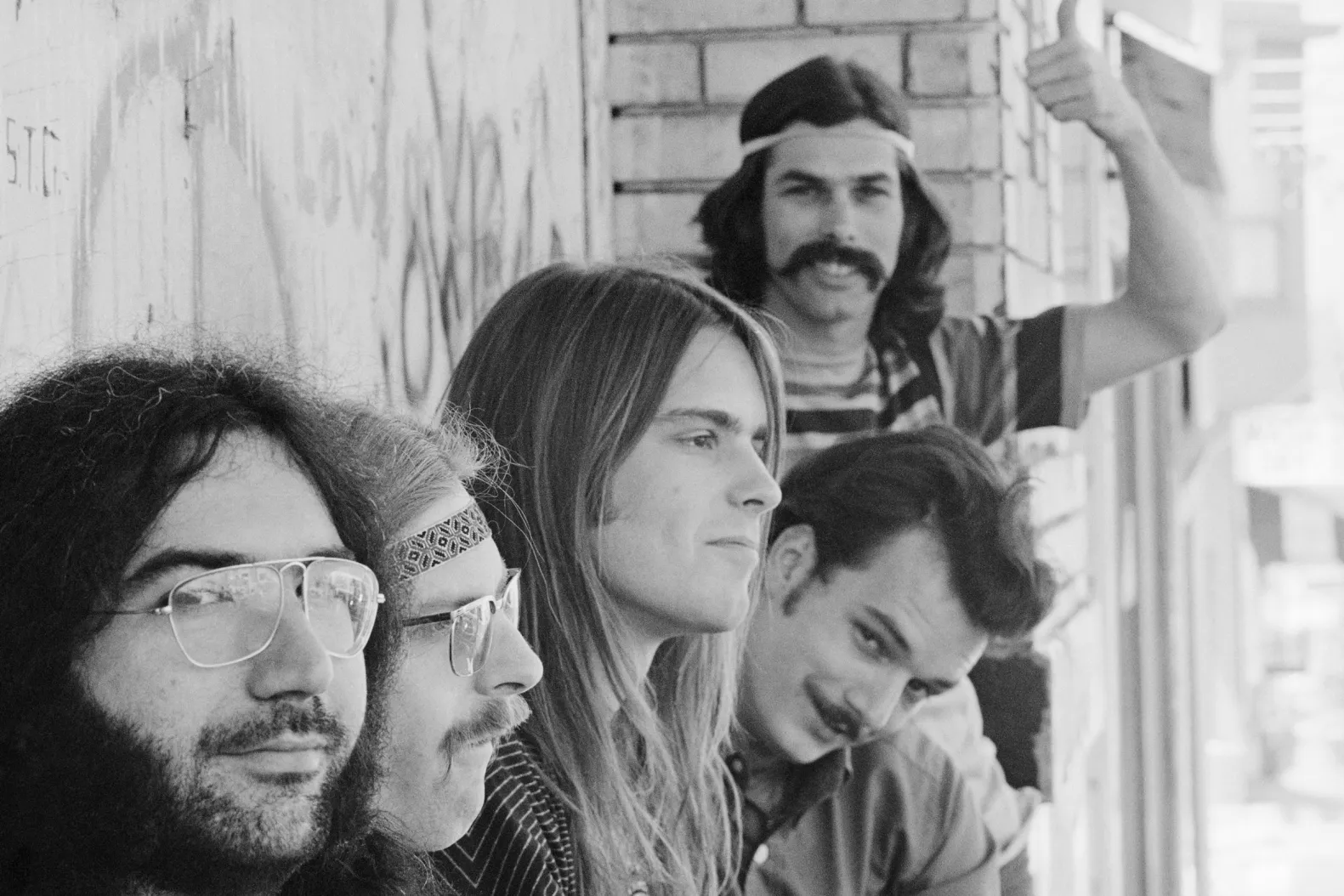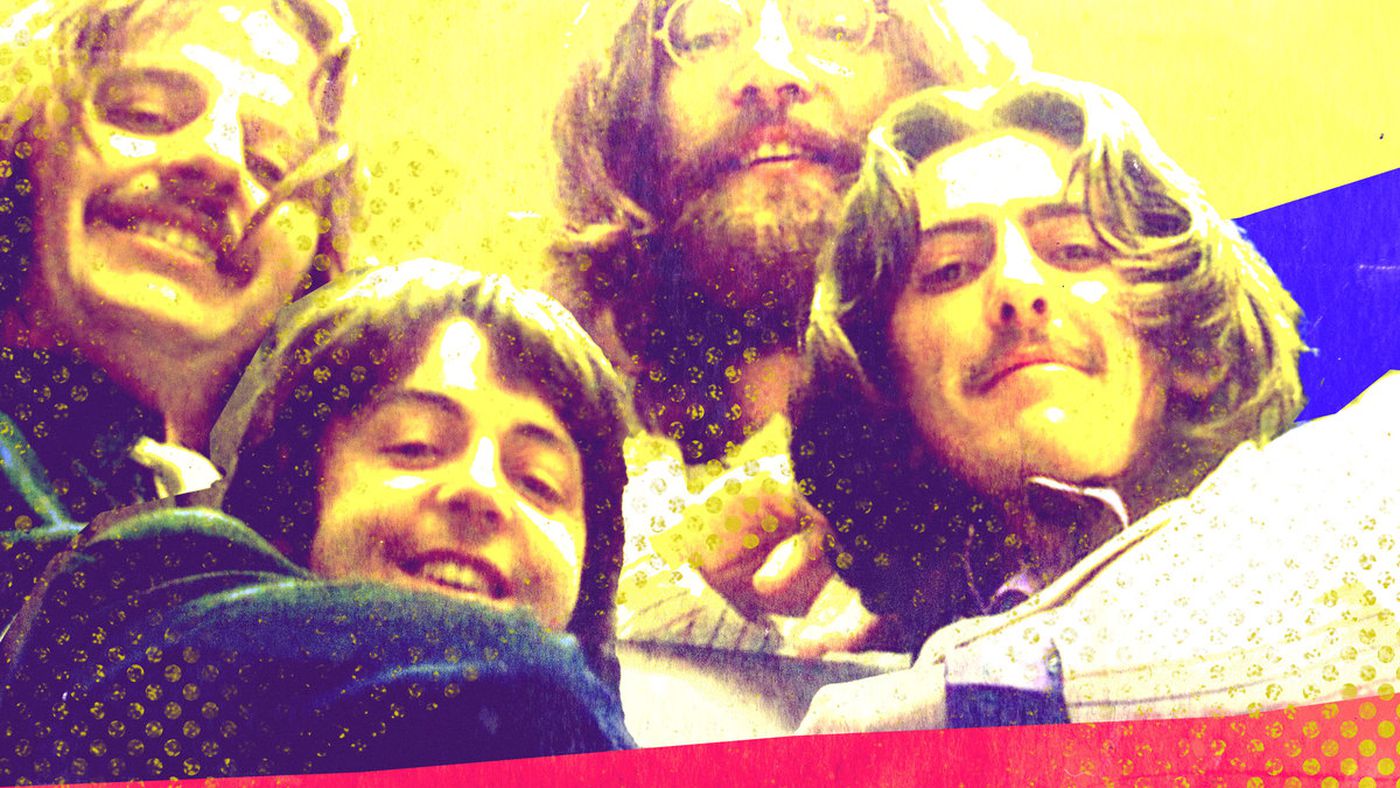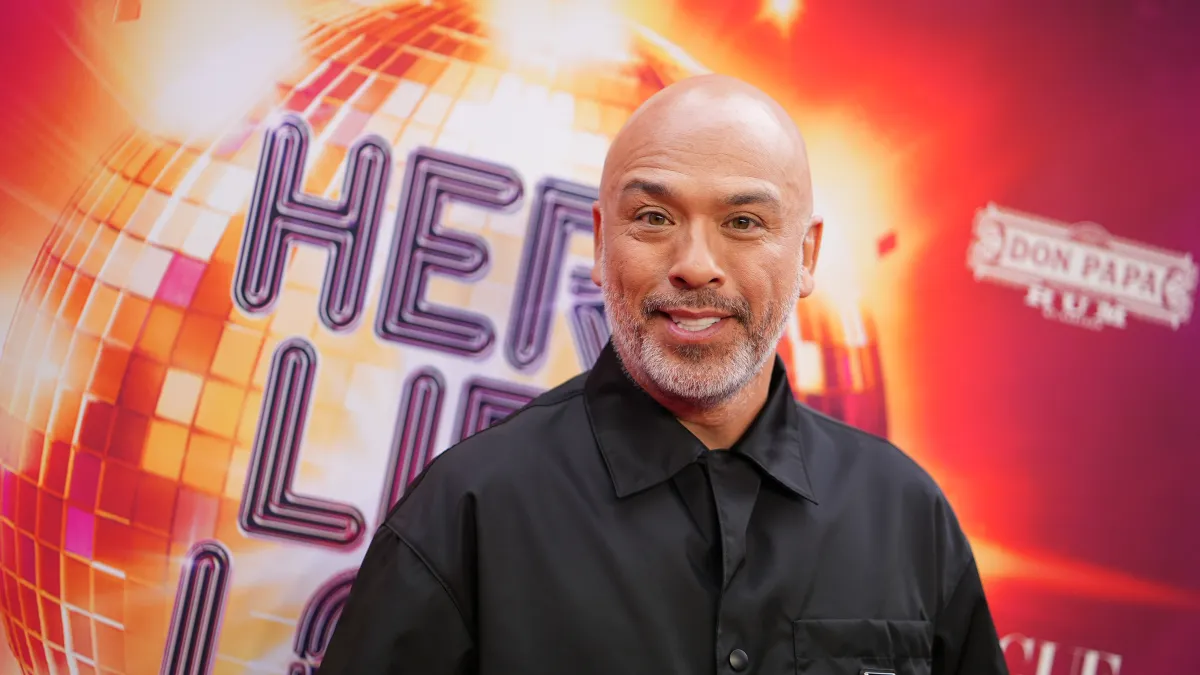Tech Magic or Ethical Quandary?
The Beatles last jam. Okay, so The Beatles are dropping what they’re calling their “final” song. Meanwhile, AI voices, holograms, and “raves beyond the grave” are raising eyebrows. The question on the table: where do we draw the line? Arwa Haider’s got us thinking.
Back in ’99, Bowie, may he rest in peace, pondered about this tech revolution. Now, years after his passing, his words hit different. The music world’s in flux, and tech’s messing with everything—think about it, even voices of long-gone singers might just make a comeback.
AI and Music: A Funky Mix
So, what’s this AI music buzz all about? Well, it’s cooking up some digitally whipped-up tunes that mimic famous voices. Imagine AI “fake Drake” or resurrecting legends like Bowie and Freddie Mercury for fresh tracks. But wait, there’s more to this AI music jazz—it’s also fixing up old recordings. Case in point: The Beatles‘ latest “Now and Then” with John Lennon’s ghostly vocals.
They dug up a dusty cassette piece with John’s voice, gave it an AI makeover, and bam—last Beatles’ track in the bag.

Selling Nostalgia or Honoring Artists?
Let’s face it, us music buffs always itch for more from our fave artists. When they’re gone, that craving gets even stronger. So, when Lennon reunites with McCartney through tech magic (remember that virtual duet at Glastonbury?), or holograms of Tupac and Dio hit the stage, it’s a whole vibe, glitches and all. But, it’s not just about us fans—big biz wants to cash in on these posthumous goldmines too. Just ask Kurt Cobain.
But here’s the kicker—should we really be playing DJs with singers’ legacies? What would these artists have wanted once they’ve taken their final bow? ‘Cause these AI tracks are like shaping putty, bending to industry whims and viral trends—like a wild “rave beyond the grave.”
The “Eek” Factor of Posthumous Projects
Sure, we’re all about nostalgia, but sometimes these posthumous projects feel kinda creepy, ya know? Barry Manilow’s duet album with recordings of Garland and Whitney Houston? It’s a bit much. And let’s not forget that “ick factor” in a world of AI-generated music—most of it sounds as lively as a ’90s TV rerun.
But hey, not everyone’s frowning at this AI fiesta. Some artists, like Grimes and Holly Herndon, are vibing with the tech for creative kicks. But even they’re treading carefully ’cause laws around AI and music copyrights are fuzzier than a retro TV screen.
The Artist’s Legacy: Who Gets to Decide?
Not all artists are down for posthumous gigs. Anderson .Paak’s even got it inked on his arm—no posthumous albums for him, thanks. And remember when Amy Winehouse’s estate greenlit a posthumous collection but later destroyed her demos? It’s a moral thing, they said.
But here’s the real deal—the most heartfelt posthumous projects usually come from those who really knew and loved the artist. Take the recent Sparklehorse album, finished up by Mark Linkous’s family after his tragic death in 2010. That’s love, right there.
Music Lives On: Tech or No Tech
Look, art’s always been a mix of real and artificial—AI’s just the newest ingredient in the recipe. And with all tech changes, it’s a double-edged sword, bringing threats and opportunities. The real test? It’s up to us, the listeners. Does it hit you in the feels, or does it sound faker than a knockoff bag?
With albums like The Endless Coloured Ways, artists got together to remix Nick Drake’s tunes. They put their spin on his classics, no copying the OG recordings allowed. They’re swearing no AI was harmed in the making of their music. Well, sort of.


